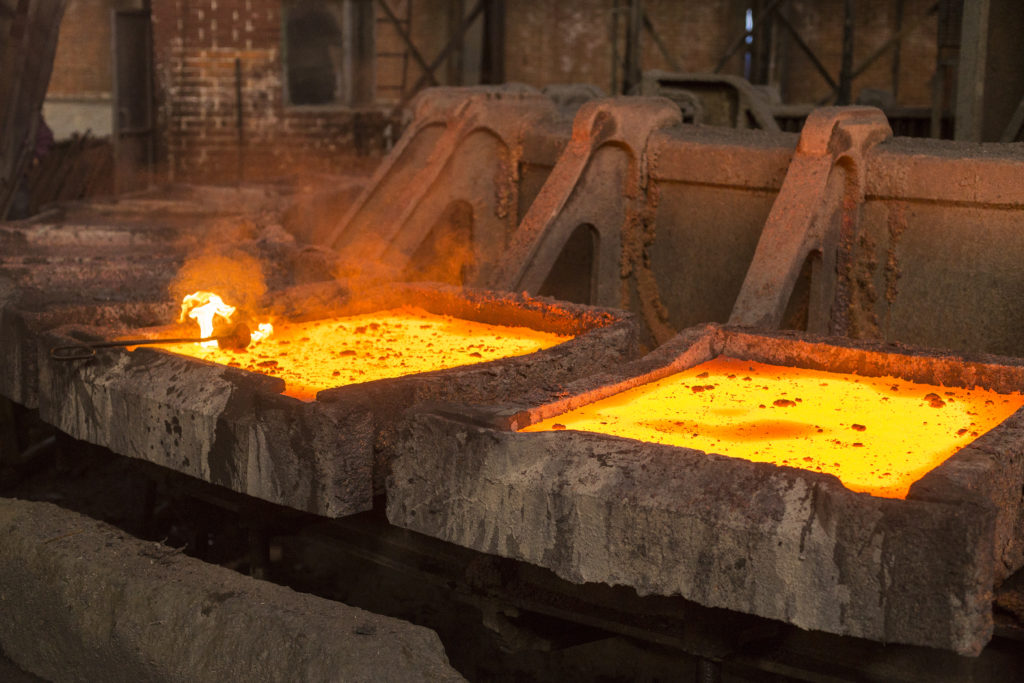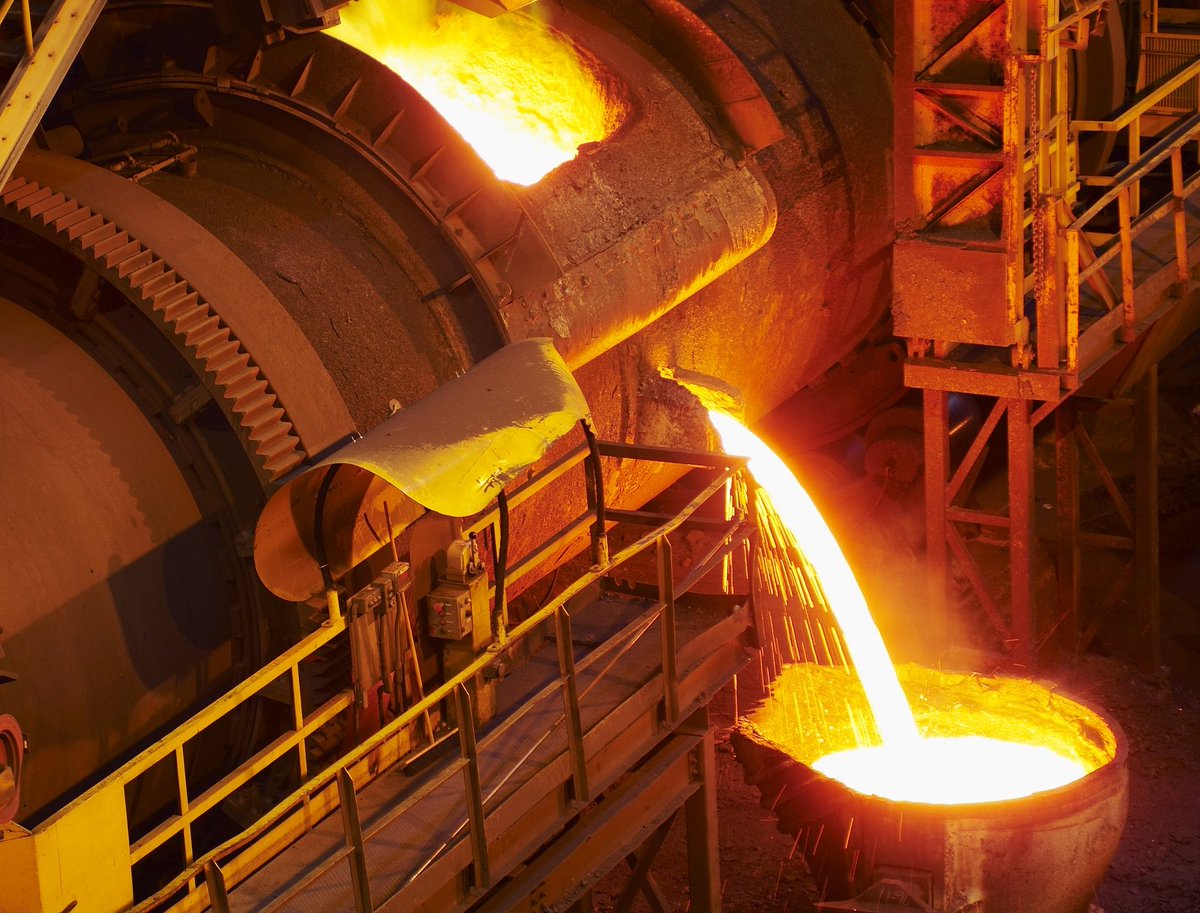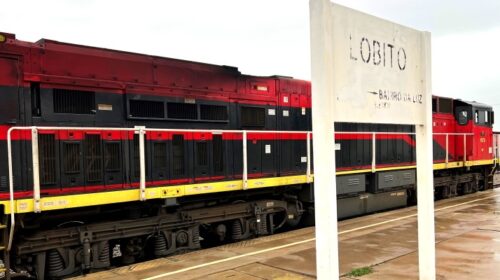Five Things You Didn’t Know About Smelting
Smelting is an extremely important part of the overall mining process, facilitating the extraction of all kinds of metals – including silver, and base metals like iron and copper – from their ores. But how much do you really know about smelting?
Read on to discover five facts that will broaden your knowledge of this ancient and vital aspect of mining.
1. Smelting is prehistoric
“Prehistory” refers to the period in time before we had written records, and is generally accepted as having begun in Egypt some time between 3500 and 3000 BCE. There is evidence to show that smelting was first practiced long before this – over 8500 years ago! Smelting appears to date back to around 6500 BCE, with beads made of cast lead from this period discovered in Anatolia in West Asia, which makes up most of Turkey today.
Tin and lead were the first metals to be smelted by prehistoric civilisations, but copper wasn’t too far behind. The earliest evidence of copper smelting dates back to some time between 5500 and 5000 BCE, in Pločnik and Belovode, Serbia.

2. Zambia has more copper smelters than anywhere else in Africa
Zambia has four copper smelters in total, making it number one on the continent in terms of copper smelting capacity. Despite the Democratic Republic of Congo (DRC) being Africa’s largest copper producer, Zambia is number one in terms of the amount of minerals it has the capacity to smelt at home. If you combine the capacity of the Kansanshi smelter, Chambishi smelter, Konkola Copper Mines’ smelter, and Mopani Copper Mine’s Mufulira smelter, Zambia has the potential to produce 1.2 million tonnes of finished copper per year. But, despite the Government reversing its decision to move to Sales Tax – a tax that experts warned would be extremely detrimental to the country’s biggest sector and, in turn, the economy – production at mines around the country is only slowing. That leaves smelters with sub-optimal amounts of ore to process. As economists have pointed out: as taxes go up, production goes down.
Konkola Copper Mines cut operations at its Ngchanga copper smelter in January 2019 because of lower availability of copper concentrates. Mopani’s Mufulira smelter was temporarily closed last year too for refurbishment and annual maintenance, and Chambishi Metals also recently suspended operations at its cobalt-copper refinery because of a failure to secure materials from the DRC. The introduction of a five percent import duty on copper concentrates is partly to blame. Unless Zambia’s fiscal regime is reexamined, copper production levels are expected to fall by a further 100,000 tonnes this year, leaving smelters to continue operating way below capacity – or not at all.
3. One of Zambia’s smelters is among the very best in the world
Zambia is number one on the continent in terms of copper smelting capacity.
First Quantum Minerals’ Kansanshi Mine in Northwestern province was built at a cost of $900 million, and began operating in 2015. It has been called a “marvel of technology”, and today remains focused on smelting minerals from the province’s copper mines, which produce more than half of Zambia’s total copper. Thanks to its superior technology, the Kansanshi smelter has an annual finished anode copper production capacity that ranks it among the top smelters in the world. (“Anode copper” has a copper content of up to 99.6%, requiring further refining by electrolysis in order to make 99.9% copper.)
The Kansanshi smelter also has some rather enviable environmental credentials, thanks to its ability to efficiently convert sulphur dioxide (a by-product of the smelting process) into sulphuric acid. Sulphuric acid is a vital chemical ingredient that the company would otherwise have to buy for use in the treatment of copper oxide ores (the low-grade, lower copper concentration ores that are formed when higher concentration copper sulphide ores are broken down through weathering).
4. Smelting and melting are not the same
Despite the obvious similarity in name, melting and smelting are not one and the same.
Melting is the process of liquefying a solid substance by heating it. The important thing to note with melting is that, although the substance’s physical state changes (from solid to liquid) its identity remains the same. For example, melted ice cream is still ice cream, albeit runnier than it should be.
Kansanshi smelter has an annual finished anode copper production capacity that ranks it among the top smelters in the world.
Smelting, on the other hand, uses heat and reducing substances to cause a chemical change to occur, so that a metal can be extracted from its ore. The original material, usually a metal ore, is heated with a source of carbon, such as charcoal, or a high carbon-content fuel called coke. The carbon combines with the oxygen in the ore to form carbon dioxide or carbon monoxide, which then escapes. The remaining ore still usually has some impurities, and these are removed as slag by adding a cleaning agent (a “flux”), such as limestone.
5. Smelting is needed to extract six of the seven ‘Metals of Antiquity’
Ancient civilisations used – and knew of – just seven metals: gold, copper, lead, silver, tin, iron, and mercury. These seven metals, known as the ‘Seven Metals of Antiquity’, are the metals upon which civilisation was based, and the modern world forged.
Of the seven ‘Metals of Antiquity’, only gold is regularly found in its native form in the natural environment; that is, it does not need to be smelted in order to be separated from its ore. The remaining six metals all need to be extracted from their ores, and that’s where smelting comes in.
Zambia has the potential to produce 1.2 million tonnes of finished copper per year which, as it happens, is more or less exactly the annual production of our troubled neighbour, the DRC. Despite having more smelters than any other country in Africa, these smelters are operating far below capacity. Our smelters were designed and built during several years of significant financial investment, and are expensive to maintain. With the right adjustments to taxation policies, Zambia could once again secure its position as one of the global ‘top ten’ copper producers. Higher production levels would, naturally, help to keep the smelters in business. But a growth mindset is needed. Only through growth can we deliver more.





